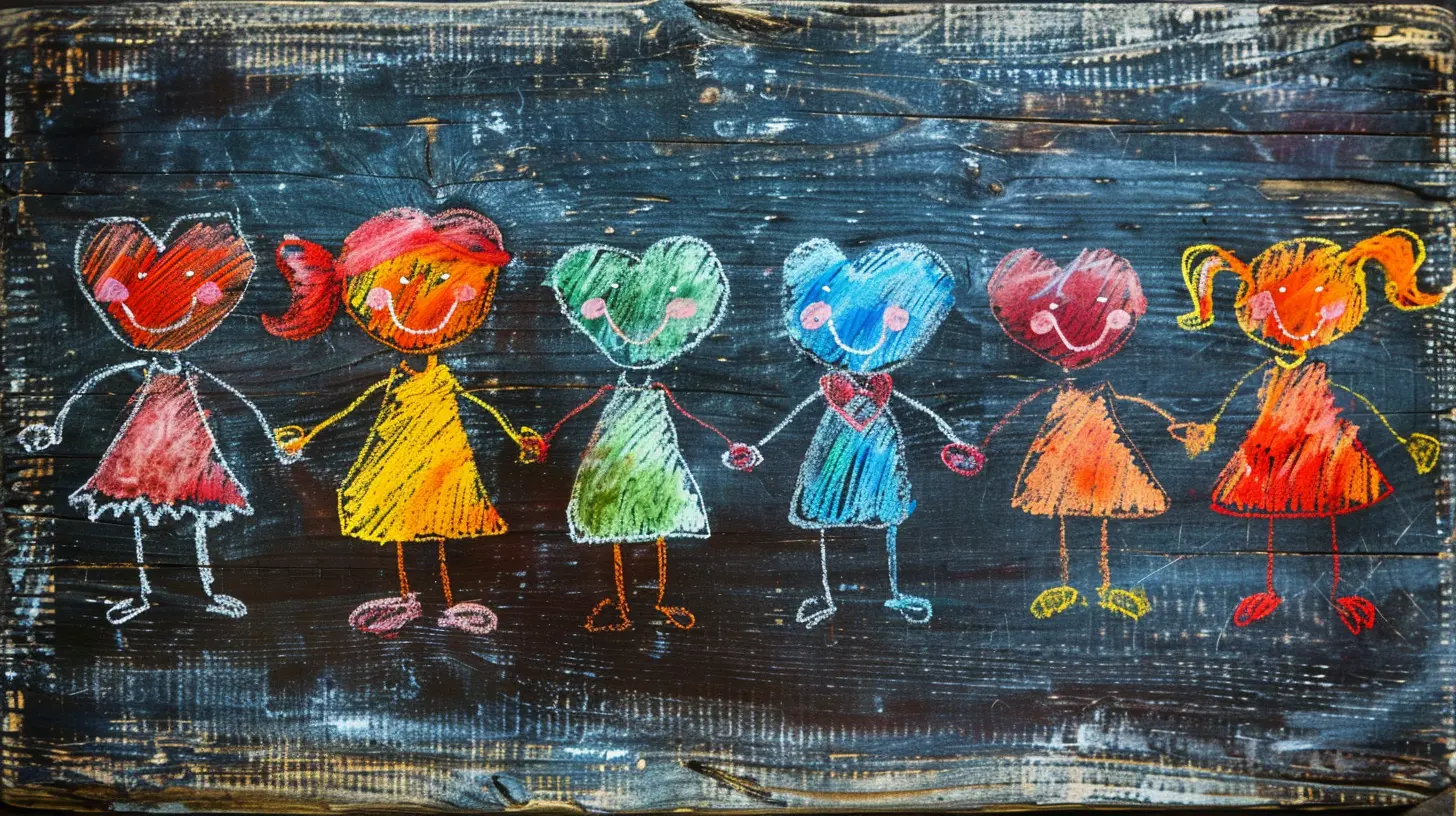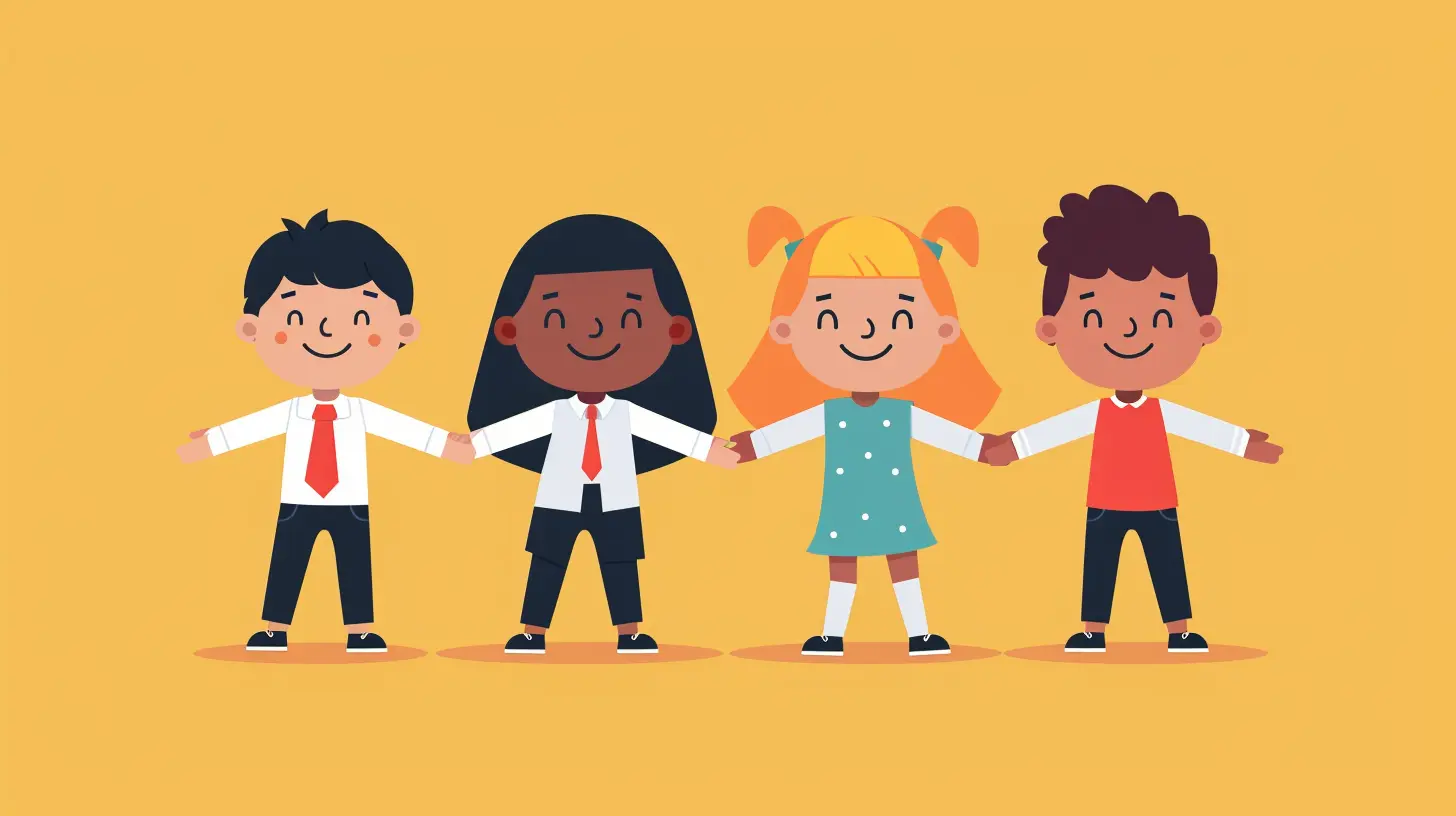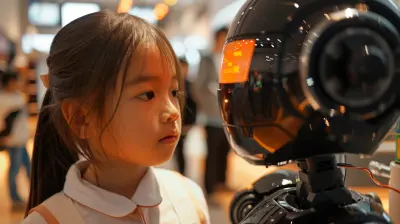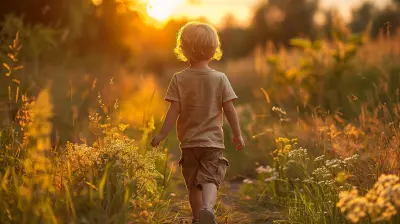The Power of Positive Relationships in Student Development
16 October 2025
When we think about student development, we often focus on grades, academic achievements, and extracurricular activities. But what if I told you that one of the most profound influences on a student's growth isn't found in textbooks or classrooms? Instead, it's in the relationships they form with their peers, teachers, and even themselves. Positive relationships can be the secret ingredient that shapes a student’s emotional, social, and academic success.
In today’s fast-paced world, students are constantly under pressure to perform, and this makes the support they receive from their relationships even more crucial. Let’s dive into why these connections matter, how they shape student development, and what we can do to foster them.

Why Do Positive Relationships Matter?
Human beings are social creatures by nature. It’s in our DNA to seek connections, and students are no exception. Whether it’s forming friendships, bonding with teachers, or finding mentors, these relationships provide a sense of belonging, security, and support.For students, who are often navigating the tumultuous journey of adolescence, these connections can serve as a safety net. Imagine standing at the edge of a cliff, unsure of your next step. A positive relationship can be that hand that guides you back to solid ground or encourages you to take a leap when needed.
Emotional Support and Well-being
Positive relationships are like emotional fuel. They give students the resilience to cope with stress, anxiety, and the many challenges they face during their academic journey. When a student knows they have someone to turn to—whether it's a supportive teacher, a caring friend, or a trusted family member—they're more likely to feel secure and confident.When students feel emotionally supported, they develop a growth mindset, understanding that setbacks are temporary and can be overcome with effort and persistence. It's like having a cheerleader in your corner, always rooting for you, even when you doubt yourself.
Social Skills Development
Think about the friendships you formed in school. Chances are, those relationships taught you more than just how to share your lunch. Positive peer relationships help students develop essential social skills like empathy, communication, and conflict resolution. These are the skills that will stay with them long after they leave the classroom.When students engage with their peers in a positive way, they learn how to see things from another person’s perspective, how to work as part of a team, and how to navigate differences. These are essential life skills that are often difficult to teach through traditional lessons but are naturally learned through interaction.
Academic Achievement
Here’s the kicker: positive relationships don’t just impact a student’s mental and emotional health—they also affect their academic performance. When students feel connected to their teachers and peers, they are more motivated to attend school, participate in class, and put effort into their studies.Teachers, too, play a pivotal role here. A supportive and trusting student-teacher relationship can make all the difference. When students feel that their teachers genuinely care about their success, they’re more likely to ask questions, seek help when they need it, and strive to do their best. It’s not just about teaching a subject; it’s about building a relationship that fosters learning.

The Role of Teachers in Building Positive Relationships
Teachers are often the first line of defense when it comes to student relationships. They spend hours with students every day and have the unique opportunity to influence not only their academic journey but also their personal development.Creating a Supportive Classroom Environment
A teacher’s classroom is like a second home for many students. The atmosphere a teacher creates can either foster connection or breed isolation. Positive relationships in the classroom start with respect, trust, and inclusiveness. When students feel that their teachers care about them as individuals, not just as names on a roster, they feel more comfortable taking risks in their learning.Simple actions like greeting students at the door, offering constructive feedback, or showing interest in their lives beyond the classroom can go a long way in building trust and rapport. These small gestures help students feel seen and valued, which in turn encourages them to engage more fully in their education.
Encouraging Peer Interaction
Teachers also play a critical role in facilitating peer relationships. Group projects, class discussions, and cooperative learning activities provide opportunities for students to interact and build connections. But it’s not just about assigning group work; it’s about teaching students how to collaborate effectively.By encouraging positive peer interactions and modeling respectful communication, teachers can help students learn how to work together, resolve conflicts, and support each other. These are the building blocks of healthy relationships, both inside and outside the classroom.

Peer Relationships: The Power of Friendship
Friendships are one of the most important relationships students will form during their school years. These relationships offer emotional support, a sense of belonging, and even a source of motivation. But beyond the typical "BFF" dynamics, friendships can have a profound impact on a student’s development in ways you might not expect.Building Confidence and Self-esteem
At the heart of every friendship is acceptance. When students form close friendships, they gain a sense of validation and affirmation. Knowing that someone cares about you, likes you for who you are, and has your back can do wonders for a student’s self-esteem.In fact, students who have strong, positive friendships are generally more confident in their abilities and are more willing to take on new challenges. It’s like having a safety net beneath you when you walk a tightrope—even if you wobble, you know someone will catch you.
Learning Through Social Interaction
Friendships also provide a space for students to practice social skills in real-time. Whether it’s resolving a disagreement, offering support during tough times, or simply sharing a laugh, friendships teach students how to navigate the complexities of human interaction.And let’s not forget about the academic benefits. Having friends who are motivated, engaged, and supportive can encourage students to adopt similar attitudes towards their own studies. Peer influence can be incredibly powerful, and when that influence is positive, it can lead to better academic outcomes.

The Importance of Family Relationships
While peer and teacher relationships are crucial, we can’t overlook the impact of family. A strong, supportive relationship with parents or guardians provides the foundation for a student’s overall well-being.Emotional Stability
Parents or guardians are often a student’s first role models, and the relationship they have with them sets the tone for other relationships in their lives. When students feel supported and understood at home, they’re more likely to form healthy relationships outside of it.Moreover, family relationships provide a sense of emotional stability. Students who have open lines of communication with their family members are better equipped to handle stress, manage their emotions, and seek help when they need it.
Parental Involvement in Education
Research shows that students whose parents are actively involved in their education tend to perform better academically. This doesn’t just mean helping with homework—it’s about creating a home environment that values learning, offers encouragement, and fosters curiosity.When parents show interest in their child’s school life, it sends a message that education is important. This, in turn, motivates students to take their studies more seriously and strive for success. It’s like having a team of cheerleaders rooting for you from the sidelines, helping you push through when the going gets tough.
Fostering Positive Relationships: A Collaborative Effort
Now that we’ve established the importance of positive relationships in student development, the question is: how do we foster these connections? The answer lies in a collaborative effort between students, teachers, parents, and the community.Encouraging Open Communication
Communication is the cornerstone of any healthy relationship. Schools should encourage open dialogue between students, teachers, and parents. Whether it’s through regular parent-teacher conferences, student-led discussions, or peer mediation programs, creating opportunities for communication is key to building trust and understanding.Promoting Inclusivity
It’s important to recognize that not all students find it easy to form relationships. Some may struggle with social anxiety, while others may feel isolated due to cultural, racial, or socioeconomic differences. Schools should promote an inclusive environment where every student feels valued and accepted. This can be achieved through diversity initiatives, peer mentoring programs, and creating safe spaces for students to express themselves.Building Empathy
Finally, fostering positive relationships requires a focus on building empathy. Teaching students to understand and appreciate different perspectives can go a long way in creating a supportive and compassionate school culture. Whether it’s through group activities, social-emotional learning programs, or simply leading by example, educators and parents can help students develop the empathy needed to build lasting, positive relationships.
Conclusion
Positive relationships are more than just feel-good interactions; they are the cornerstone of student development. From emotional support and social growth to academic achievement, the connections students form with their peers, teachers, and family shape the trajectory of their lives.As educators, parents, and community members, it’s our responsibility to foster these relationships and create an environment where students feel supported, valued, and empowered. After all, it’s these relationships that will not only help them excel in school but also equip them with the skills they need to navigate the world beyond the classroom.
all images in this post were generated using AI tools
Category:
Social Emotional LearningAuthor:

Olivia Lewis
Discussion
rate this article
1 comments
Greyson Heath
Positive relationships in education are like fertilizer for student growth—add a little sunshine, sprinkle with encouragement, and watch them bloom! Who knew love could be so educational?
October 19, 2025 at 4:19 AM

Olivia Lewis
Thank you for your insightful metaphor! It's a beautiful reminder of how nurturing relationships can truly cultivate student growth and learning.


